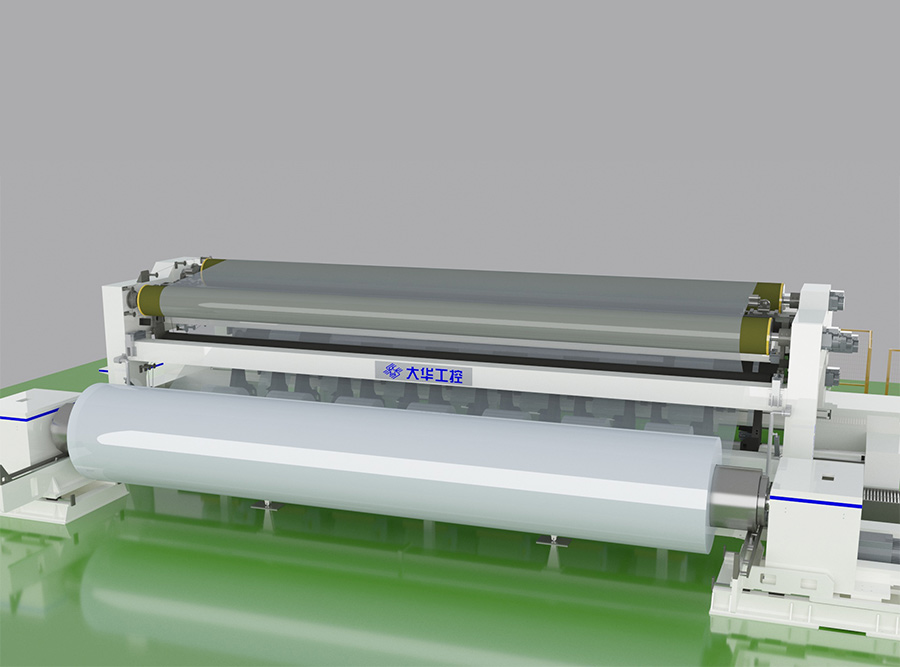
The ultra-wide primary slitter uses different types of blades to achieve specific cutting functions and characteristics based on the material being processed and the desired outcome. Each blade type has unique features that make it suitable for particular applications. Here are some common blade types used in an ultra-wide primary slitter and their functions and characteristics:
1. Razor Blades:
- Function: Razor blades are sharp, single-edge blades used for clean and precise cuts. They are suitable for cutting thin and delicate materials.
- Characteristics: Razor blades have a sharp cutting edge, providing minimal cutting force and producing clean cuts with smooth edges. They are often used for slitting films, paper, and other delicate materials.
2. Shear Blades:
- Function: Shear blades have two sharp edges that move past each other to make a cutting action. They are used for heavy-duty cutting of thick materials and high-speed slitting.
- Characteristics: Shear blades can handle higher cutting forces and are suitable for cutting thicker materials, such as metal foils and heavy films. They provide excellent cut quality and are durable for extended use.
3. Crush Cutting Blades:
- Function: Crush cutting blades use a combination of compression and cutting to process materials without a cutting edge. They are suitable for materials that may be damaged by a sharp blade.
- Characteristics: Crush cutting blades are commonly used for cutting adhesive tapes, foam, and materials prone to wrinkling or deformation. They crush and separate the material rather than cutting it.

4. Rotary Blades:
- Function: Rotary blades are circular blades that rotate to make cuts. They are often used for high-speed cutting and are suitable for a variety of materials.
- Characteristics: Rotary blades can achieve high cutting speeds and are versatile for cutting different materials, including films, papers, and non-woven fabrics.
5. Slotted Blades:
- Function: Slotted blades have a unique slot design, allowing them to cut through materials without tearing or damaging the edges.
- Characteristics: Slotted blades are used for materials that are prone to tearing or require precise edge control, such as textiles and some films.
6. Crush Cut with Spring-Loaded Blade:
- Function: This blade type combines the crush cutting principle with a spring-loaded mechanism to ensure even and consistent pressure on the material during cutting.
- Characteristics: Crush cut with spring-loaded blades are used for delicate or compressible materials to prevent uneven cuts or material distortion.
The choice of blade type depends on factors such as the material's thickness, properties, required cut quality, and production speed. Selecting the right blade type for the specific application ensures efficient cutting and high-quality slit rolls in an ultra-wide primary slitter.